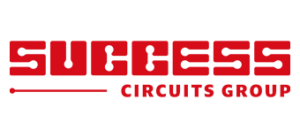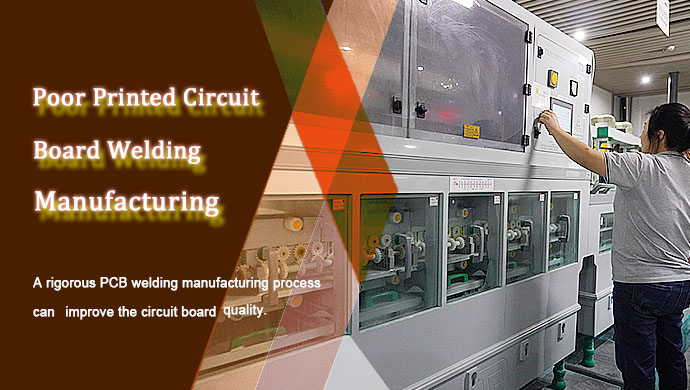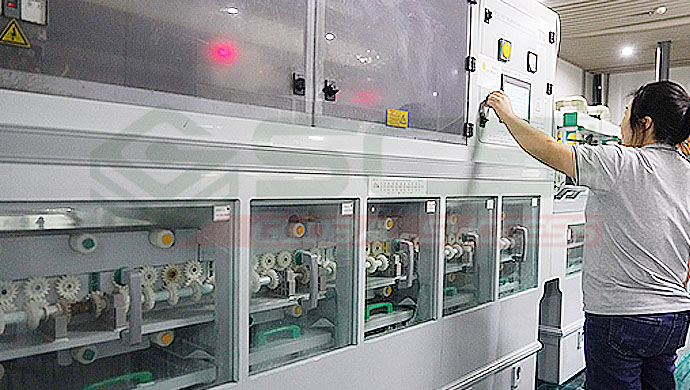Printed circuit board welding manufacturing is crucial to the control of pad quality. A rigorous PCB welding manufacturing process can ensure high-quality welding connections between pads and components, thereby improving the circuit board quality.
Poor pad manufacturing, the specific situations and solutions that cause poor circuit board welding are as follows:
1. Dregs
During the PCB welding process, incompletely melted solder or other impurities may cause slag at the welding point.
● Dregs Solution
Increase the viscosity of the solder paste, adjust the heating temperature and time, and clean the welding equipment regularly.
2. Solder Short
During the circuit board welding manufacturing, if there is a conductive material between two different solder joints, it may cause a short circuit.
● PCB Solder Short Solution
Strengthen quality inspection to ensure the insulation between solder joints.
3. Soldering Quality
Improper parameters during welding and uneven shape or distribution of solder balls may lead to problems such as poor welding, short circuit or pad cold soldering.
● Improve Soldering Quality
Adjust welding parameters such as temperature, time and pressure to ensure that the solder balls can be evenly coated on the pads and soldered components, thereby reducing the risk of welding defects.
4. Pad Cold Soldering
Insufficient adhesion between the pad and the substrate causes the connection between the pad and the wire to loosen or fall off.
● Increase Pad Adhesion
Before welding, ensure that the surface of the pad and the wire is clean and remove oxides and dirt to promote the adhesion of the solder to the substrate. Appropriately increase the amount of solder to ensure that the solder fully wets the pad and the wire to increase the contact area and adhesion of the welding.
5. Solder Paste Overflow
Solder paste overflows the pad during the patch welding process, which may cause short circuits, poor welding or affect signal transmission.
● Use Appropriate Amount of Solder Paste
Select solder paste with appropriate viscosity, and adopt more precise solder paste printing technology during PCB patch welding to ensure that the solder paste can maintain a good shape on the pad during the welding process and is not easy to overflow.



